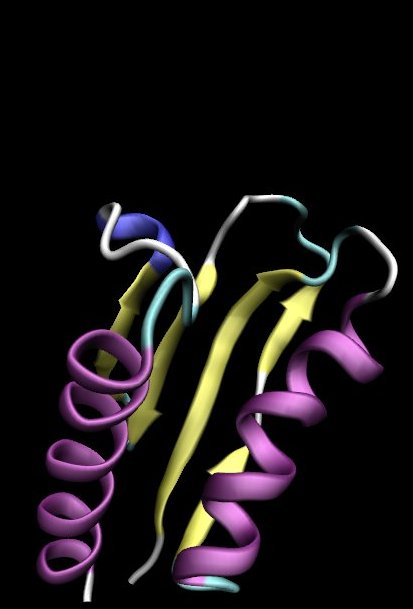Abstract
Selenoproteins do incorporate the aminoacid selenocystein in its polypeptide chain. This aminoacid is encoded by the UGA codon which also corresponds with a codon stop. Due to specific traduction machinery and SECIS elements, a selenocystein can be incorporated when it is appropriate. For that reason, automatic anotation fails and mistakes need to be corrected afterwards. Specifically, our study analyzes the presence of selenoproteins SelK, SelU, sps1 and sps2 in protists whose genomes have been recently sequenced. For this purpose, a broad number of databases and softwares have been used, and some programmes that allow the automation of the processes have been created as well. So, several queries have been compared with different protists genomes, in order to locate those possible candidate genes which encode for selenoproteins.
Once the protist genomes have been analyzed, we can bear out the presence of one selenoprotein belonging to family Sps2 in D.fasciculatum. Additionaly, we have detected selenoproteins of the same family in the genomes of D.discoideum and F.cylindrus, although the programme SECISearch has not been able to find the corresponding SECIS elements.
On the other hand, we have found cistein homologous from our selenoprotein families in several protists. Furthermore, we have found traduction machinery proteins and SECIS elements in some of the genomes, which let us identify the selenoproteins.
The results of our research project blazes a trail for further characterization of either function or evolution of those protein families, and having collaborated in the annotation of fourteen different genomes represents a set of information which may be useful for the entire cientific community.
Resum
Les selenoproteïnes incorporen l'aminoàcid selenocisteïna (U) en la seva cadena polipeptídica. Aquest està codificat pel codó UGA, el qual habitualment correspon a un codó STOP. Gràcies a una maquinària específica de transcripció específica i els elements SECIS, la selenocisteïna pot ser incorporada quan correspon. Per aquest motiu en l'anotació automàtica de genomes es produeixen errors que han de ser corregits a posteriori. En concret, el nostre treball estudia la presència de les famílies de selenoproteïnes selK, SelU, Sps1 i Sps2 en una sèrie de protists els genomes dels quals han estat recentment seqüenciats. Per això, s'han emprat diferents programes i bases de dades, a més s'han creat programes que permeten automatitzar el procés. Així, s'han comparat diferents queries amb els genomes dels diferents protists per tal de localitzar els possibles gens candidats que codifiquin per alguna selenoproteïnes.
Un cop analitzats els genomes dels protists d'interès podem corroborar la presència d'una selenoproteïna de la família Sps2 en D. fasciculatum. Adicionalment, hem detectat selenoproteïnes, de la familia Sps també, en els genomes de D.discoideum i F.cylindrus, tot i que el programa SECISearch no hagi sigut capaç de trobar els elements SECIS corresponents. A més, s'ha trobat homòlegs de cisteïna tant de la família SelU, selK i Sps en diversos protists. També s'ha trobat maquinària de transcripció i elements SECIS presents en diversos genomes que ens ajuden en la identificació de selenoproteïnes.
El resultat del nostre treball obre les portes a nous estudis de caracterització de la funció i evolució d'aquestes famílies de proteïnes, i conforma un conjunt d'informació útil per a tota la comunitat científica al haver col·laborat en l'anotació de catorze genomes diferents.
